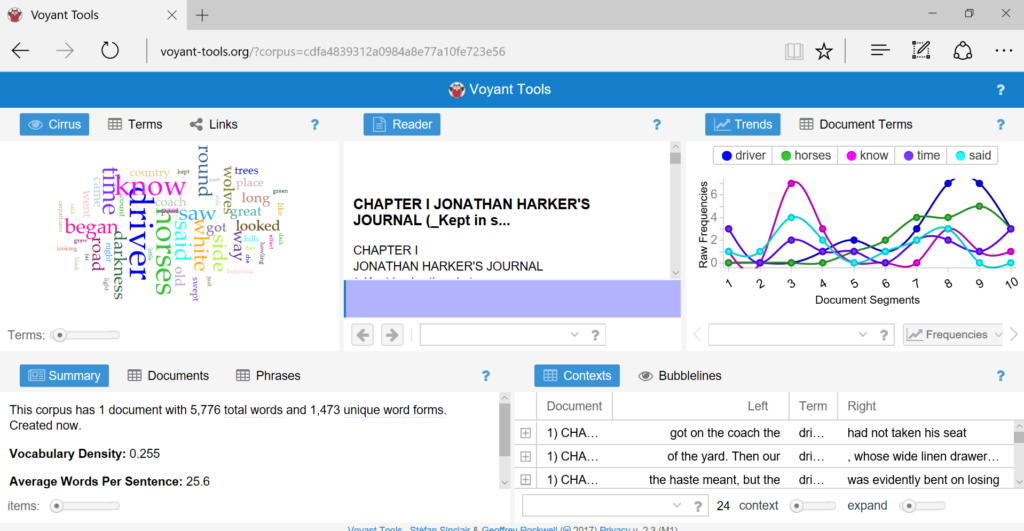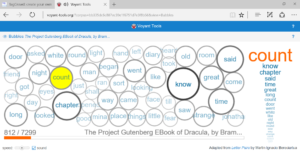How do you feel about the term “learning designer”? Does it make you a little bit queasy? The language of “learning design” makes me a bit uncomfortable, but luckily at our college we have some colleagues who have earned our respect before they got their new titles. I joked with one of our learning designers that I thought it was funny that the email address for these colleagues was “idservices” which seemed anonymous to me (that is, there was no “ID” provided when we asked a question of “ID” services. Get it? Well, neither did they.) I am working hard to cross the learning design divide after years of comprehensive learning environment responsibility (CLER for short–yes, I just made that up). I am an educator who came to higher ed in the era before learning widgets.
So, how do I inhabit a widget-world of teaching and learning environments? So far, I’ve been trying to embrace it. This past year I have made more than a dozen instructional videos and posted them to You Tube. I used to use Jing and Flash, but now that I see that these don’t support Universal Design, I’m happy to move to a close-caption-friendly platform. Yes, it’s many, many hours of work, but I’m slowly letting go of some of my control of the LMS. No longer seeing CLER-ly.





